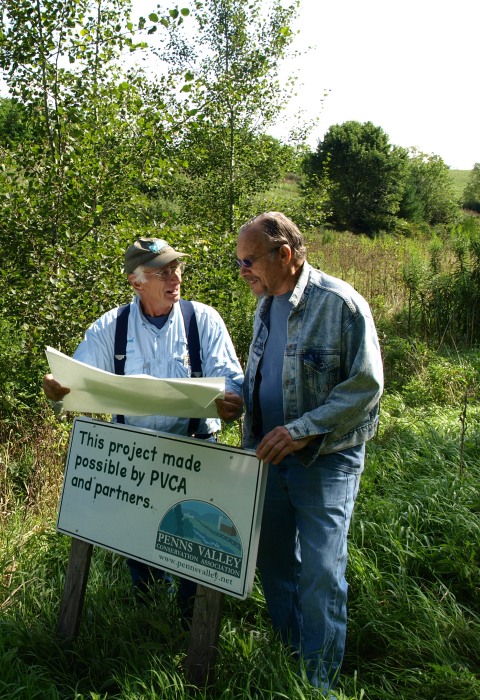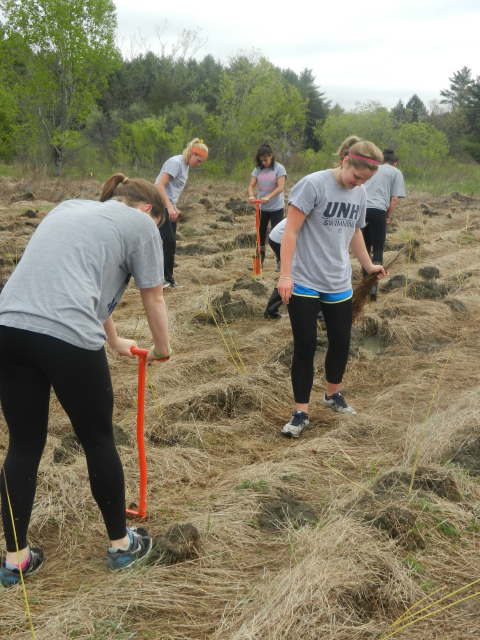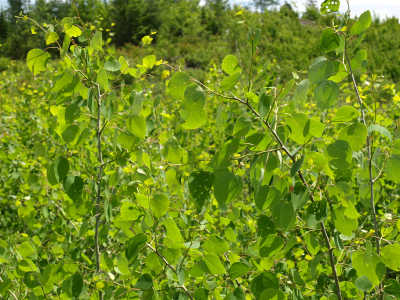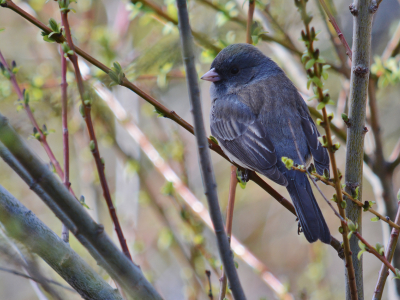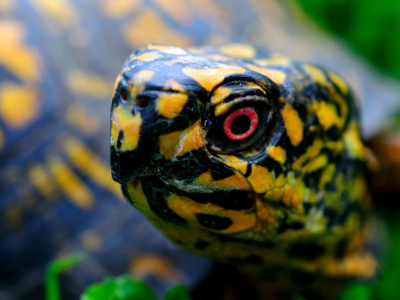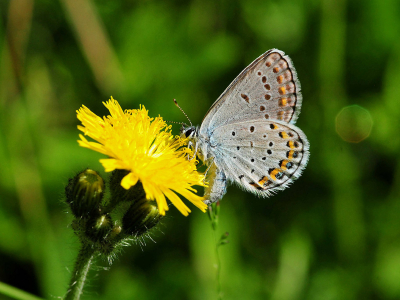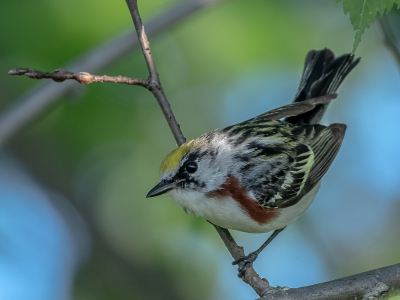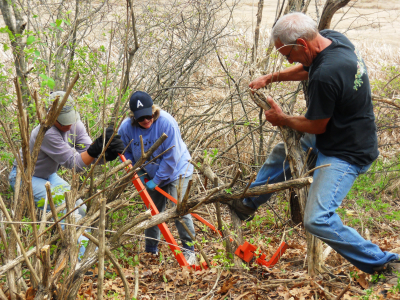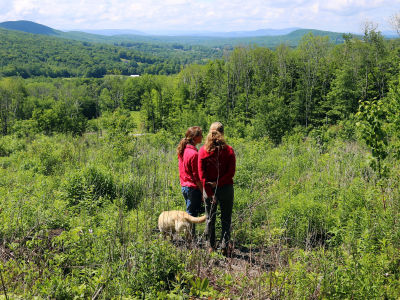There are different ways to create young forest and shrubland. For more detail, check out this non-technical Young Forest Guide. The Resources section of this website offers many other publications that will give you background information useful in deciding whether and how to make habitat for wildlife.
How to Make It
Cutting Trees
At first a timber harvest looks messy, like a bad haircut. But after just one growing season, the stumps, root systems, nuts, and seeds of harvested trees send up thousands of little trees. Light reaching the ground spurs the growth of grasses, wildflowers, and shrubs. This flush of new growth provides abundant food and thick hiding cover for animals. After around 20 years, trees will have grown to a more-mature stage, benefiting a different group of wildlife.
Improving and Maintaining Old Fields
Old fields can be planted with native shrubs, or shrubs already in place can be allowed to grow and spread. Plants that offer excellent food (buds, leaves, fruit, or seeds) include pokeweed, alder, dogwood, hawthorn, crabapple, elderberry, winterberry, blackberry, sumac, Virginia creeper, and many more. Wildflowers offer nectar and pollen to pollinating insects, including butterflies and native bees.
Cutting Back Older Shrubs
When shrubs become over-mature, they get spindly and sparse, and their value to wildlife lessens. Low-impact machines with mulching or mowing heads can chew down older shrubs in winter, causing them to grow back densely the following spring. Alder, dogwood, willow, hawthorn, and many other shrubs respond to this approach. Not only are these woody plants rejuvenated, but many low plants thrive in the spaces between them.
Controlled Burning
Native Americans used fire to renew habitats and attract the animals they hunted. Today, trained specialists can set fires that knock back older vegetation, increase soil fertility, and spur the dense regrowth of trees, shrubs, native grasses, and wildflowers. Controlled burning (also called “prescribed burning” or “prescribed fire”) may not be an option for a small private landowner, but those who care for state or municipal properties, land trust parcels, and nature preserves can use prescribed burns to refresh areas of young forest and shrubland. Periodic small fires reduce the amount of flammable fuel on the ground, making large, destructive wildfires less likely.
Watch Out for Invasives!
Stands of forest and shrubland may include invasive shrubs and trees such as autumn olive, multiflora rose, bush honeysuckle, and others. These nonnative intruders can crowd out native plants that offer better food for wildlife. Contact habitat experts and plan carefully before taking actions – such as mowing older shrubs or harvesting trees – that could cause invasives to spread.
“We readily admit that the ‘messy’ clear-cuts that now diversify our landscape were the best thing we could have done. As we’ve created a mix of conifers, shrubland, and young forest, we’ve truly become a wildlife sanctuary.” – Debbie Martin, Litchfield Hills Audubon Society, on habitat work conducted at Boyd Woods Sanctuary, western Connecticut

